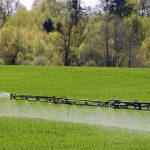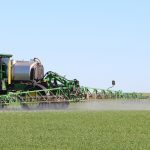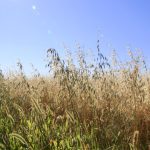
Tag Archives herbicides

Rebate roundup 2023
Make your crop input dollars go further this year with cash-back rebates and reward programs
New herbicides and fungicides for 2023
Products to control key broadleaf and grassy weeds plus a new fungicide seed treatment designation

U.S. trade commission sues pesticide makers, alleging price scheme

Weed issues to watch in 2022
How different factors, such as moisture, temperature, herbicide resistance and others, may affect weed populations this year

Take a layered approach to herbicides
Develop an effective herbicide layering strategy — it could be one of your most powerful tools in the fight against herbicide resistance

Syngenta releases new grass and broadleaf cereal herbicide
Farmers can address herbicide resistance concerns and avoid rotational crop restrictions with Erebus Xtreme

Three fundamental elements to manage weeds
Q & A with an expert

How to scout for herbicide-resistant weeds
What to look for and when, plus prevention tips and an update on herbicide-resistant downy brome in canola

Tips to conserve soil moisture and manage weeds this spring
Plus, where tillage fits in and how and when it could be used

Anticipate herbicide damage
After a very dry year followed by a cold winter, watch for residual herbicides


